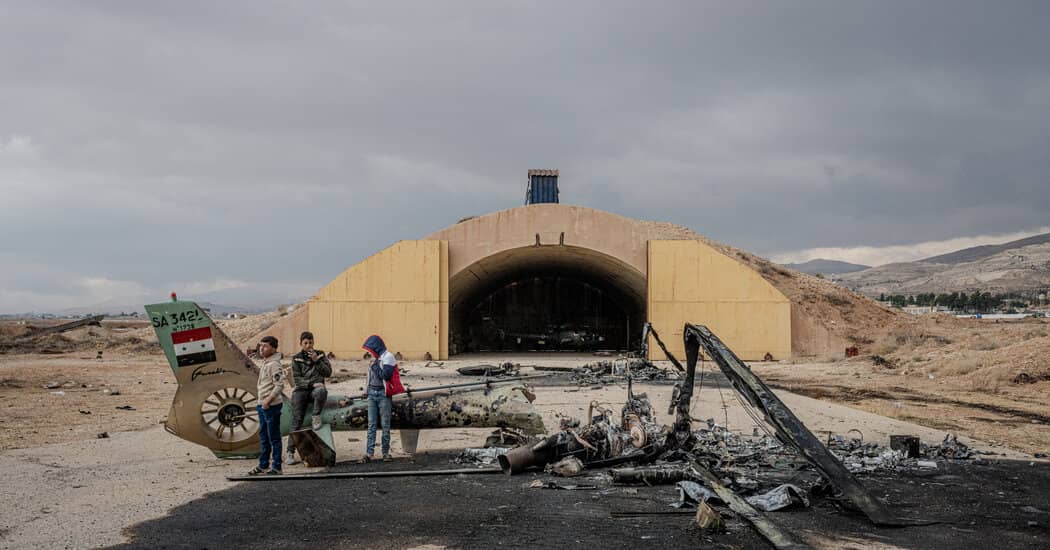As the fighters who ousted Bashar al-Assad set out to assert control over the country, they pursued former government forces loyal to the Assad regime, resulting in deadly clashes in parts of the country.
Adam Rasgon reported from Jerusalem.
Syria’s new leadership has taken steps to try to unite disparate rebel factions under a single government, the latest move to try to assert authority over the country in the wake of Bashar al-Assad’s ouster.
A number of rebel factions have agreed to dissolve themselves and be integrated under the defense ministry, according to Sana, the Syrian state-run news service.
“They are trying to build a state,” said Dareen Khalifa, a senior adviser at the International Crisis Group, which researches global crises. “You can’t build a state while you have a million and one militias running around doing their own things.”
Amid the efforts to disband rebel factions, there were deadly clashes in a region on Syria’s western coast on Wednesday as the new administration struggled to impose order.
In Tartus, a major port city on the Mediterranean coast, clashes with loyalists of the former Assad regime killed 14 members of the new administration’s security forces, the interim interior minister, Mohammed Abdul Rahman, said in a statement on Wednesday.
The Syrian Observatory for Human Rights, a war monitoring group based in Britain, reported that a security patrol in Tartus had been looking for a former high-level justice official, Mohammed Kanjou al-Hassan, in connection with the deaths of thousands of prisoners in Syria’s notorious Sednaya prison. The patrol was ambushed after confronting his brother and armed men. The former justice official did not appear to have been apprehended.
We are having trouble retrieving the article content.
Please enable JavaScript in your browser settings.
Thank you for your patience while we verify access. If you are in Reader mode please exit and your Times account, or for all of The Times.
Thank you for your patience while we verify access.
Want all of The Times? .
Source: www.nytimes.com
